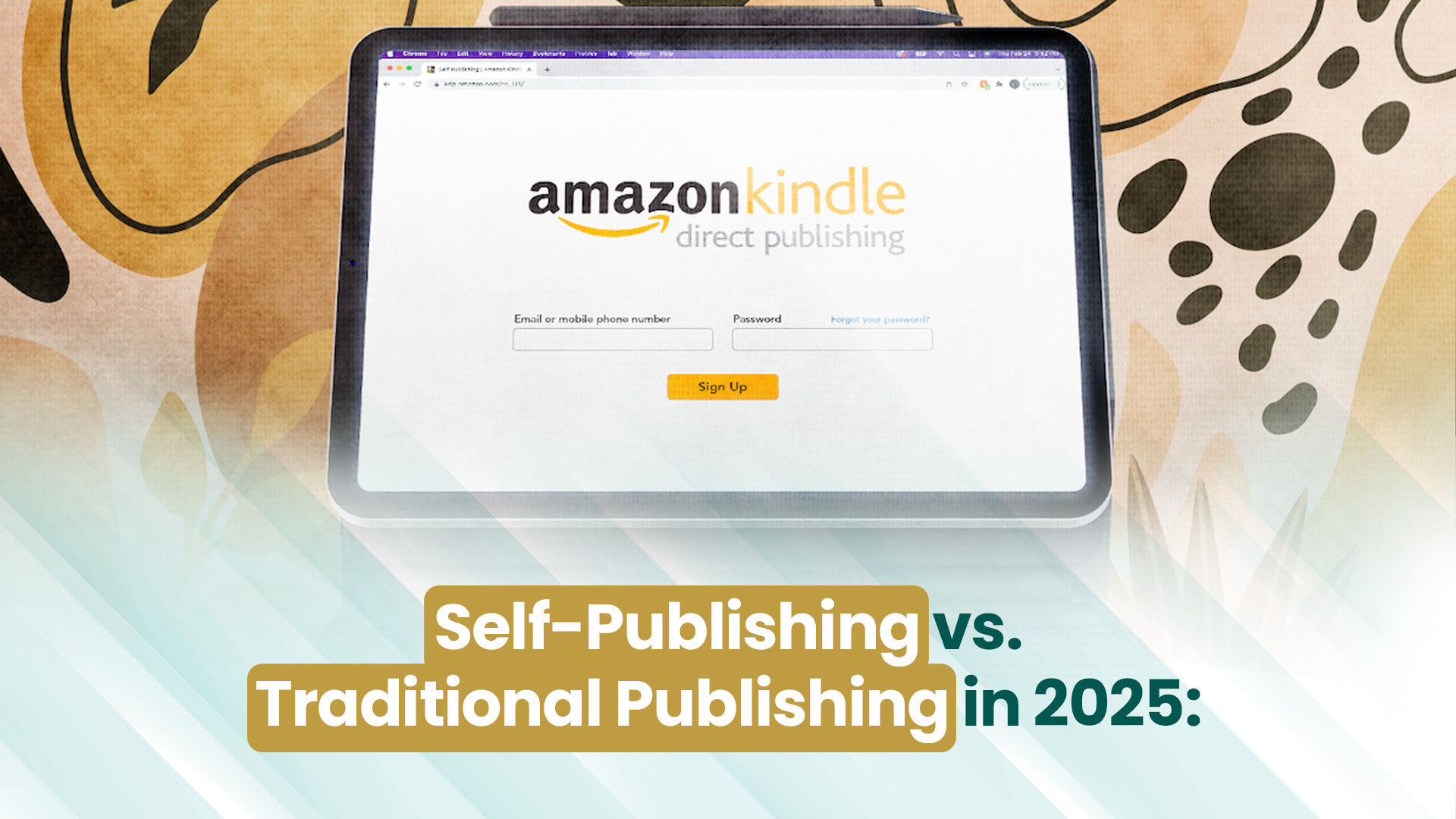For many writers, seeing their words published is a dream that feels both exciting and intimidating. Whether you’ve written a novel, short stories, poems, or even helpful articles, the next big step is getting your work out into the world. But book publishing can seem complicated, especially if you’re new to it or juggling a busy life. That’s why most people prefer to hire publishing services to get the job done!
The best part is that publishing now has more doors available than ever before. From major name publishers to self-publishing and online, there’s an option available for any author to be heard. This guide will explain your best options, what to expect, and where to begin.
Table of Contents
Toggle1. Understanding Your Publishing Options
Before submitting your work anywhere, it’s worth understanding the general types of publishing.
Traditional Publishing:
This is the route where you sell your manuscript to a publisher or retain the services of a literary agent who negotiates the sale to publishers on your behalf. The publisher edits, designs the cover, markets, and distributes it if the publisher makes an offer to print it. They pay you back in royalties on sales, after giving you an advance. It is highly competitive but provides severe industry support and reputation.
Self-Publishing
Here, you have full control of the entire process — editing, formatting, publishing online to places like Amazon Kindle Direct Publishing (KDP), IngramSpark, or local printing stores. This costs you full control and a larger percentage of profit, but more of the expenses and marketing efforts.
Online & Magazine Publishing
If you write short fiction, poetry, essays, or articles, print and digital magazines or literary websites are potential outlets to look into. They may pay a little or provide you with exposure that goes toward your writer credentials.
Hybrid Publishing:
These companies pair old-fashioned publishing with self-publishing, typically charging but providing professional editing, formatting, and distribution support. Browse around with care, as some are more professional than others.
2. Prepare Your Work for Submission
No matter where you’re located, your manuscript has to be smooth. Here’s how:
Edit Thoroughly:
Let your work sit for a few days and then return to it. Read it again, looking for awkward sentences, mistakes, or muddled thoughts. Some authors read their work aloud to spot mistakes.
Get Feedback:
Share your manuscript with trustworthy readers or locate a writing group. You may be too close to notice all the errors.
Format Properly
If to be mailed to agents or publishers, there will be some guidelines for them to use. Typically, this will be type like Times New Roman 12 pt., double space, and an unadorned title page.
Write a Strong Query Letter or Cover Letter
This is your sales pitch to sell your book. In two sentences, tell them what your book is about, why they will care, and a bit about you. Concise and professional.
3. Navigating the Submission Process
For traditional publishing:
Most major publishers require you to come in with a literary agent. Get agents representing your genre of writing. Ask the agents for submissions by query letter and sample pages. Expect rejection — that’s how it goes. Most successful authors got dozens of rejection slips before getting a deal.
For magazines or online platforms:
Find publications appropriate to your style or topic. Read them carefully for submission guidelines — some want full articles, some proposals only. Carefully examine where and when you submit it. If and when rejected, don’t worry; just submit elsewhere.
4. Marketing Your Published Article
Publication is only half the battle. The other half is having people find your writing.
Establish an Author Presence:
Keep it simple with a website or social media site for dissemination of your writing, news, events, and observations, which will appeal to readers.
Utilize Email Lists:
An email newsletter is an excellent method for informing readers of new publications or appearances.
Reach Out Locally:
Go to local bookstores, libraries, or reading clubs. Most are more than happy to offer local writers space with signings or small gatherings.
Request Reviews:
Encourage readers to leave honest reviews on Amazon or Goodreads. Reviews greatly influence new readers’ buying decisions.
5. Keep Writing and Keep Going
Publishing takes patience. Whether you’re aiming for a top publishing house or excited to upload your e-book, remember that persistence is key. Many authors publish several pieces or even multiple books before they see significant recognition.
Each new writing that you create is better than the last and opens up your readership. Keep learning about your craft, always curious about the world, and above all else, don’t be afraid of rejection. All successful writers started where you do today — with a finished writing project, hoping someone else would like it as much as they had.
Final Thoughts
Publishing is intimidating, but broken into small steps, it’s much less intimidating. Perhaps you wish for a book on a shelf in a bookstore, or perhaps you just wish to have your words seen by more humans in some way online. There’s a publishing path that will serve you. Do it step by step, page by page, submission by submission, day by day. Your words need to be read.





